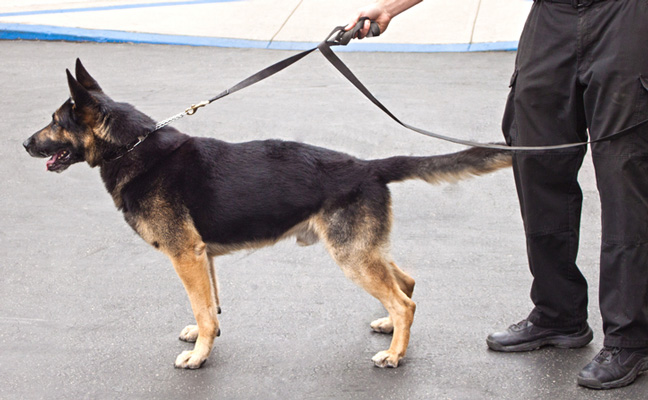
PHOTO: 805PROMO/ISTOCK / GETTY IMAGES PLUS/GETTY IMAGES
Have you ever heard the old saying, you can’t lie to a dog? Or the one that goes, if my dog doesn’t like you, I probably won’t either? Both of these sayings convey the belief that dogs can read us better than we can read each other. Whether we say it out loud it or not, we realize that dogs can see through the façade of the spoken word.
Dogs have survived for millennia because they are capable of silent but specific communications. Wolves on the hunt take direction from the pack leader as he assigns specific responsibilities for a hunt to each pack member. Dogs don’t even have to see each other to learn a lot about a stranger. They can tell many things from the odor exuded from their bodies through their urine, feces and glandular excretions. Given these abilities, it’s foolish to assume that they can’t read us as well.
It’s not crazy to talk to your dog; there is scientific proof that dogs can understand words. I talk to my dog. Some people carry on conversations, and appear to have the expectation that the dog understands what’s being said, even if the dog doesn’t talk back. I don’t do that. I do however use spoken words to communicate with my dog. Hopefully, your dog doesn’t talk back, if it does, there’s probably not much in this article that will help you. Dogs may not understand all the words we use, but they do understand the emotions conveyed by body language.
Research shows that dogs can learn some words. A border collie named Chaser, trained at Wofford College in Spartanburg, S.C., learned the names of 1022 items. Chaser also learned to categorize these items according to function and shape. Rico, another border collie, was trained at the Max Planck Institute in Leipzig, Germany. Rico learned 220 words and could pick out new items that he hadn’t been taught the name of, when they were placed among familiar items. Pretty good evidence that dogs can make inferences. So, there’s not really a question that dogs can learn words, scientists have proven that. The question, is whether verbally is the best way for us to communicate with dogs.
Dogs do use their voices to communicate. Puppies are born knowing how to get their mother’s attention by whining and yelping. Puppies know instinctively that such noises will bring nourishment or attention when they want it. As dogs age, they learn through interaction with siblings, how to growl, bark and yelp to signal an intent toward aggression, alert others to danger or to signal submission and helplessness, respectively.
Some growls by dogs signal aggression or anger; others may signal a desire to play. Some barks signal an alert to danger and others excitement, yet others are warnings that physical aggression in the form of an aggressive behavior is immanent. The differences between growl signals of potential aggression and a desire to play can be subtle, but with practice and observation, humans can learn to recognize the differences. Barks have an even greater range of meanings. Just as with growls, however, we can learn to understand the nuances between different barks. If it sounds like a somewhat difficult task to learn to interpret vocalizations made by dogs, think about how difficult it must be for a dog to learn the many variations of intent and context that must be understood if one is to truly understand spoken language. We can’t be Dr. Dolittle’s but we can learn to understand a little bit about what dogs try to tell us with their body language.
This is Part I of a three-part series. In the next segment in this series, we’ll talk about our body language and how we communicate with dogs, both intentionally and in intentionally. Read Part II here.
David Latimer is founder of the World Detector Dog Organization, online at WDDO.org. He can be reached at latimer_david@yahoo.com.
Leave A Comment